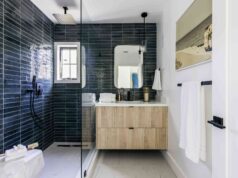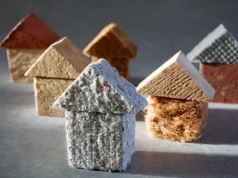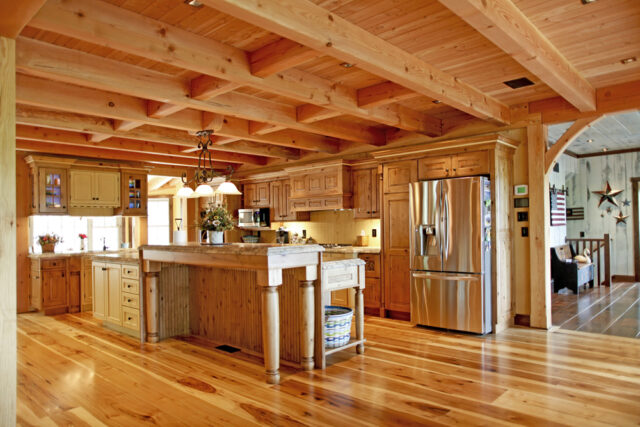
The floor we walk on is very important. It is a huge part of what gives your home a good feeling. From the crawling of your baby to the first walk of your toddler, it is important for you to have a good floor, strong, durable and most importantly, natural floors.
When we say natural floors, we’re here to talk about timber frame flooring. Wood flooring is very highly used for houses that people construct themselves, giving them the freedom to customise the flooring the way that they want.
They usually do not get timber floorings because of its cost, something that most houses that are rented out or sold do not generally have. Visit Hamill Creek Timber Homes to know more about timber floor planning and layouts.
In this article, we’ll tell you about the differences between engineered and real hardwood timber floors as well as the pros and cons of using a timber floor so without further ado, let’s jump in!
Differences Between The Various Types Of Flooring
Solid Wood Flooring
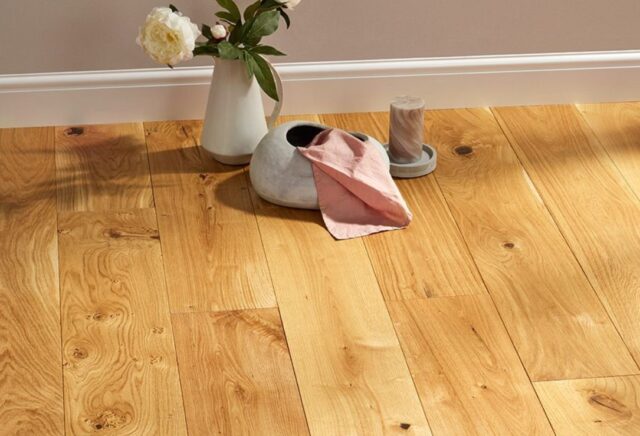
In the aspect of the constituents of the wood in this flooring, it is the standard wood that we find in nature. It is highly susceptible to scratches. As all wood in general, it is highly susceptible to moisture and generally lasts an entire lifetime of a house. It enlarges in size during the summers, lowers or contracts in size during the winters and is compromised dimensionally.
It has a width of 16mm to 20mm. The installation of it is not too simple so we’ll call it relatively complex. Throughout its period of use, it can be repaired by basic sanding procedures. It makes a lot of noise while walking. An upside to this wood flooring is the fact that it can be refinished. It is also recyclable.
In terms of maintenance, it isn’t really that high mainly due to the fact being that you can just clean the floor using a mop or a vacuum. It has a high resale value making it a great asset. It can be virtually installed anywhere in the house, but it is suggested that it shouldn’t be in areas of high moisture such as the kitchens, bathrooms and basements.
Engineer Flooring
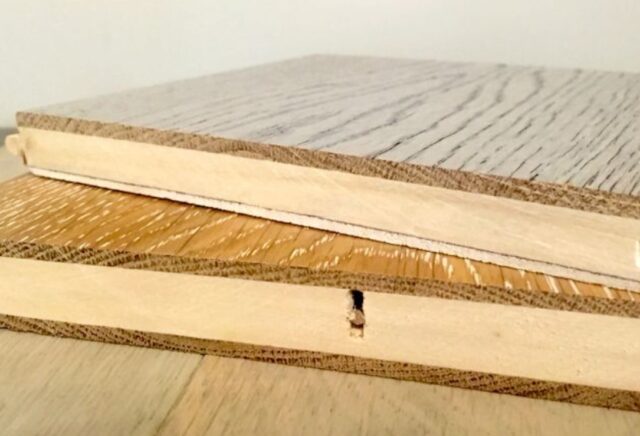
It is a hybrid of solid wood and industrial plywood stuck together. In terms of thickness, it isnt as thick as the normal solid wood, with the latter having 2mm more thickness than engineered wood. The usual design of this type of flooring usually consists of two layers of wood being solid real wood, with the plywood sandwiched in between them.
In comparison, it is a lot more resistant to scratches. It has greater resistance to moisture in comparison, lasting 30 to 50 years while able to last upto 80 plus years if it is looked after adequately. It is not susceptible to climatic changes and warps pretty less. It has a thickness of 8mm to 22m. Unlike solid wood flooring, engineered wood flooring requires only a moderate level of expertise. It can be sanded only once or twice in its lifetime, needing replacement if it goes above that.
Due to the plywood in between, it produces less noise in comparison while walking. It can only be refinished upto a certain extent. It needs a considerable amount of maintenance but fetches a high resale value. Just like the solid wood flooring, it can be installed in any room, except highly moisture prone rooms.
Laminated Flooring
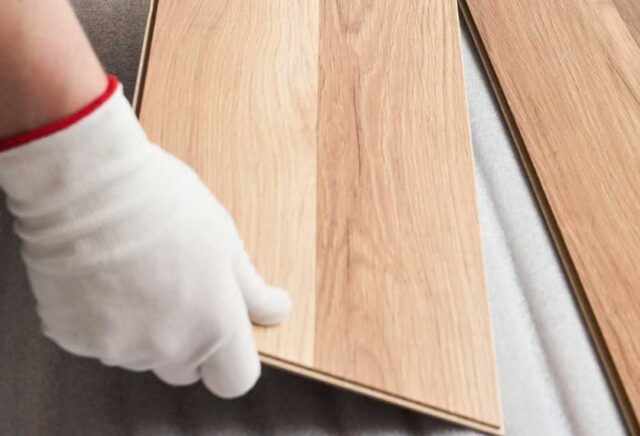
It is a replicated image of wood on a laminating paper, glued to a medium density fiberboard, with low susceptibility to scratches. It is comparatively water resistant but not highly water resistant, which lasts upto twenty five to thirty years, following which it might need replacement. It is highly resistant to environmental changes, thereby ensuring that its dimensions are intact and stable.
It has a dimension of width 7mm to 16mm. It is comfortable to install and does not require skilled labour to do so. One of the most common mistakes to find abrasions on the laminations is sanding which should not be done. If damaged, the planks need to be changed. It produces the least amount of noise in comparison to the other two.
It cannot be refinished and recycled and is very easy to maintain as it needs minimal cleaning. It does not give a high resale value and can be installed in any room including moisture prone zones.
Pros And Cons Of Timber Wood Floors
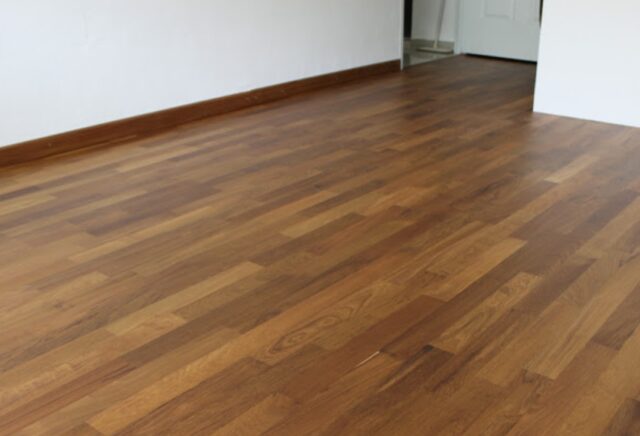
One of the advantages of timber wood floors is that you can get unlimited possibilities. you can get any species of wood, with any type of character in them, you can get them in any width and then there’s sand and finish at the jobsite. The options and colors are unlimited as well. You can custom finish it in any color you want and you can mix colors to it.
The disadvantage is that they tend to be a little bit more expensive because there’s a lot more custom work. They tend to take longer because you have to do the finishing at the jobsite. Some of the things to note about solid wood floors such as timber floors is that in humid climates, a solid piece of wood, like any piece of wood, will expand when moisture is added to it.
And when moisture is removed, it will shrink. So when this floor is in storage, it should be in a non air-conditioning area which means that it has about 80 to 85 percent moisture from the air.
When you get it into your house, your house air is about 45% moisture, so that dramatic change in moisture will dry this product, making it shrink. that’s why it’s so important to acclimate the wood so in a lot of cases, an engineered product it’s a better choice, because for example, an engineered product has solid real wood on the top and it’s has a real wood on the bottom too but it’s engineered where in it is created in multiple levels. With that being said, timber wood floors, just like any other solid wood floors does not come without its downsides, but again, it’s all on you.
Now that we’ve stated the advantages and disadvantages, it is upto you to choose the right flooring for you.




